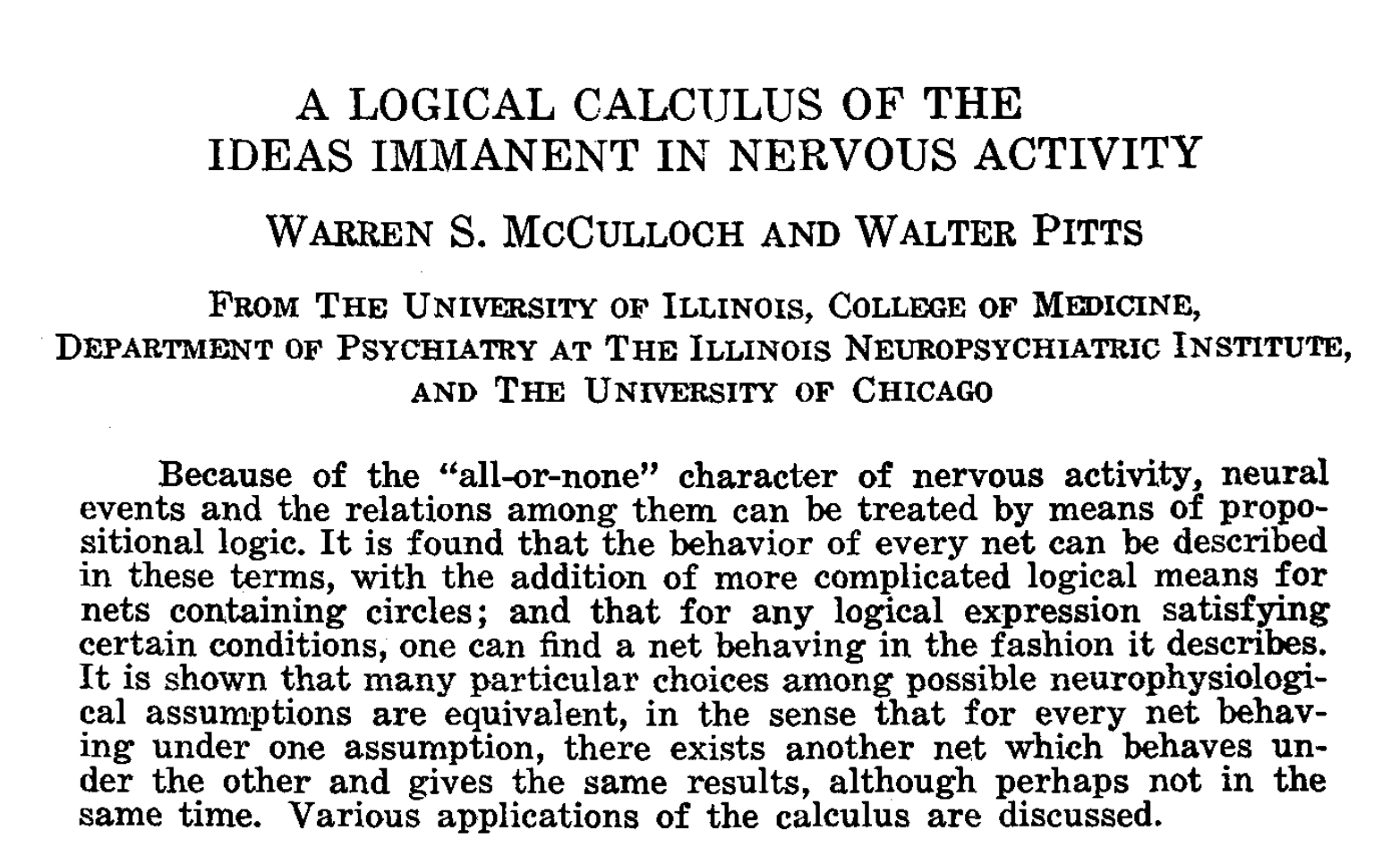[1] 5Course Introduction
2025-08-29
Department of Psychology
Prelude
Today’s topics
- Course introduction
- A cognitive sensibility
- On cognitive development
- Your turn
Course introduction
Introductions all around
PSY 548
- Structure
- Group discussion (Gilmore leads)
- Student presentation and student-led discussion
- Material
- Theoretical & empirical
- Classic & modern
- Schedule
- Evaluation
A cognitive sensibility
- On cognition
- On computation
- On representation
- On modeling
- On explicating behavior
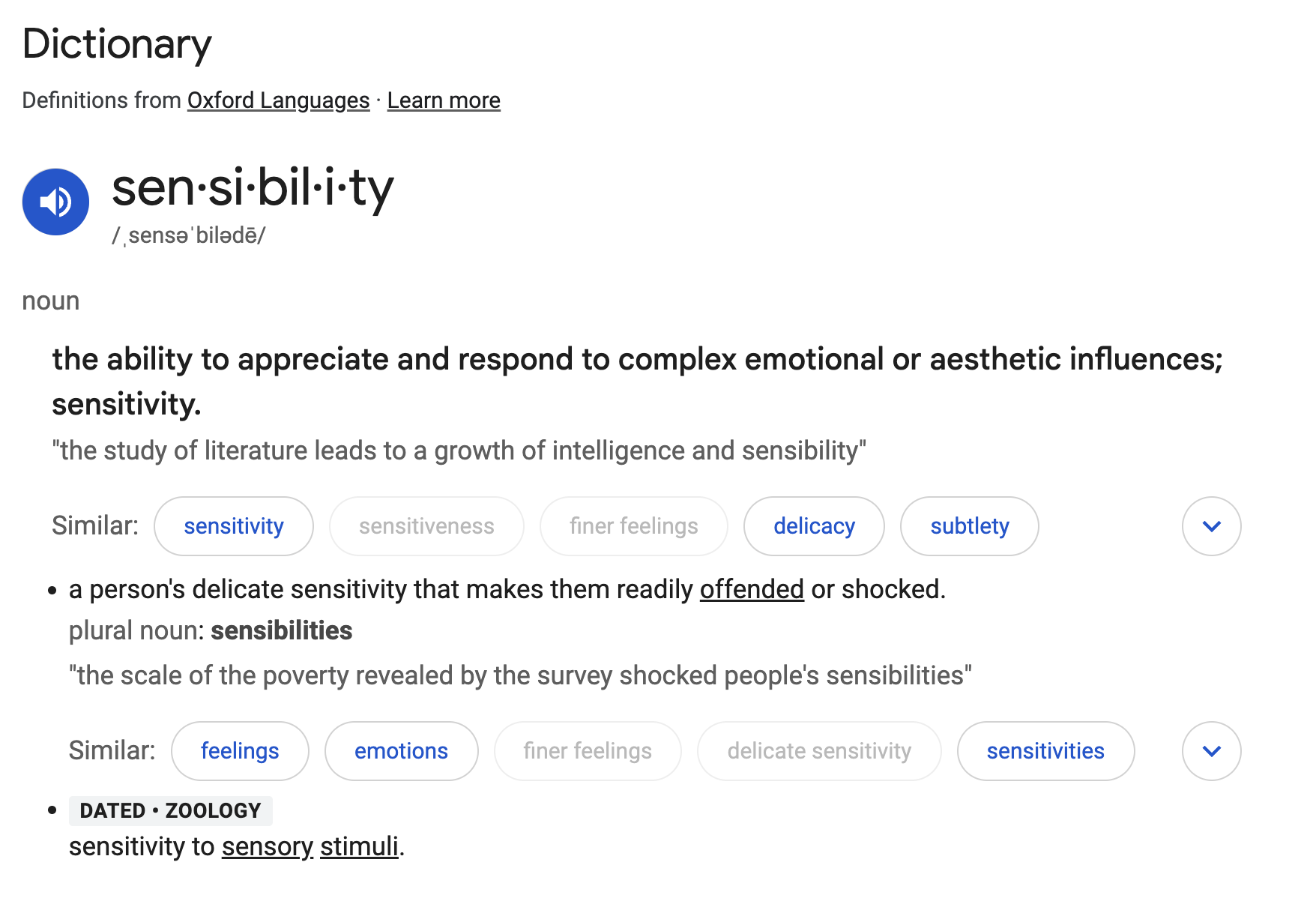
On cognition
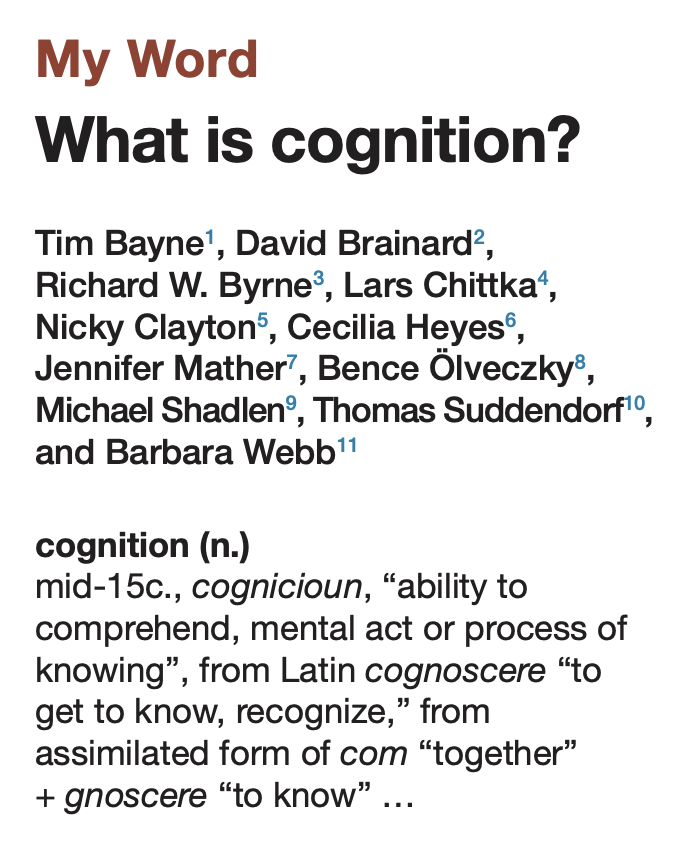
Bayne et al. (2019)
Common themes
- Processes, concepts, representations (Bayne)
- Perception vs. cognition (Brainerd)
- “acquisition, storage, retrieval and processing of information” (Byrne)
- cognition vs. learning theory (Byrne)
- representations and how coded in the brain (Byrne)
Common themes
- mental processes; biological problem-solving; knowing about knowing; more complex than associative learning (Chittka)
- thinking, knowing, understanding; non-human animal cognition (Clayton)
- conservative, e.g., related to human thought vs. liberal, adaptive information handling and can be modelled as computation; attention; categorization (Heyes)
Common themes
- how sensory input “is transformed, reduced, elaborated, stored, recovered and used”; animal umwelt (Mather)
- less vs. more introspection/deliberation; ““requires learning”; “isn’t a reflex”; “depends on internally generated brain dynamics”; “needs access to stored models and relationships”; “relies on spatial maps” (Ölveczky)
- “flexibility, contingency and freedom from immediacy” (Shadlen)
Common themes
- not uniquely human; intentional vs. unintentional, conscious vs. unconscious, effortful vs. automatic, slow vs. fast processes (Suddendorf)
- “I know that I am cognizing, but I can only surmise that cognition has occurred in other animals by observing their actions.”; “behaviours in which an animal performs an action directed towards a goal it cannot currently perceive” (Webb)
Student insights
On computation
Is the brain a digital computer?
How do digital computers compute?
- Strings of binary digits (bits) represent information
0001: the number one;1111: the number 15 (in base 2)00110001: the character symbol ‘1’ in ASCII (Wikipedia contributors, 2025f)- (some other binary ‘word’): symbol meaning ‘add’, or ‘store’, etc.
How do digital computers compute?
- Sequences of binary commands can be data or a program
- Computer has Central Processing Unit (CPU), addressable memory (addresses are also binary words), interfaces (move info in and out), etc.
High-level computer languages
- Represent
- data as variables, e.g.
h,x, andy - functions or operators as character or strings, e.g.,
<-,sqrt(),^ - Convert to binary, then back again to give human-readable output
- data as variables, e.g.
High-level computer languages
“What might cognition be, If not computation?”
Analog
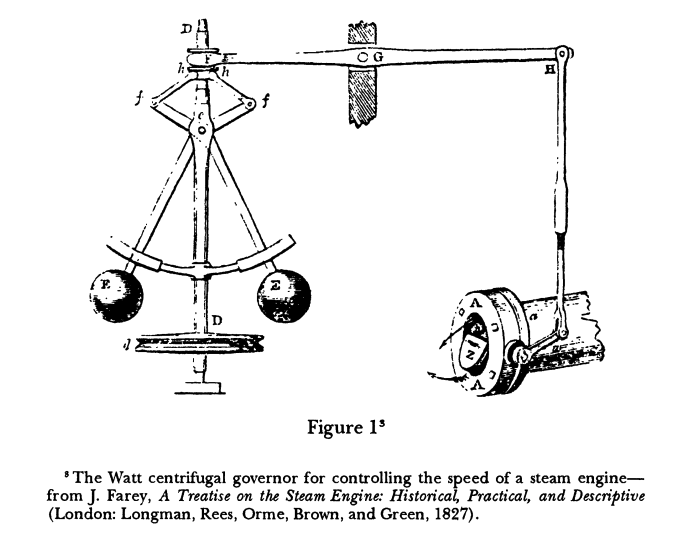
Algorithmic
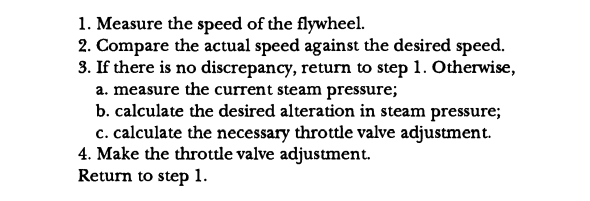
Van Gelder (1995)
On representation
Surface forms

Deep forms
- Map (relate) multiple surface forms to
- A single deep form \(\rightarrow\) the letters “A” and “G”
- “Re-presentation”
- Why? Some forms more easily “computable”, more efficiently stored, less “lossy”

https://twiistedmedia.com/bitmap-vs-vector-printing
A cognitive sensibility
- Asks what info is available
- In the world
- In the mind
- In what form(s)
- Representations all the way down1

On modeling
All models are wrong…
“…but some are useful.”
Wikipedia contributors (2025d)

Simmering, Triesch, Deák, & Spencer (2010)
- Mathematical vs. verbal models
- Are verbal models poorly specified?
- Do mathematical models “just move the ambiguity to the next level”?
Simmering et al. (2010)
Phil: That’s an interesting point—in a way, all researchers use mathematical models when they apply statistical methods.
Mira: Hm, I suppose that’s true. I wouldn’t normally include statistics in my definition of computational models. I’m thinking about models that emphasize the processes underlying behavior and development.
What do statistics model?
- What does a correlation (r) mean?
Pearson's product-moment correlation
data: x and y
t = 20.726, df = 498, p-value < 2.2e-16
alternative hypothesis: true correlation is not equal to 0
95 percent confidence interval:
0.6304454 0.7249441
sample estimates:
cor
0.6805143 What do statistics model?
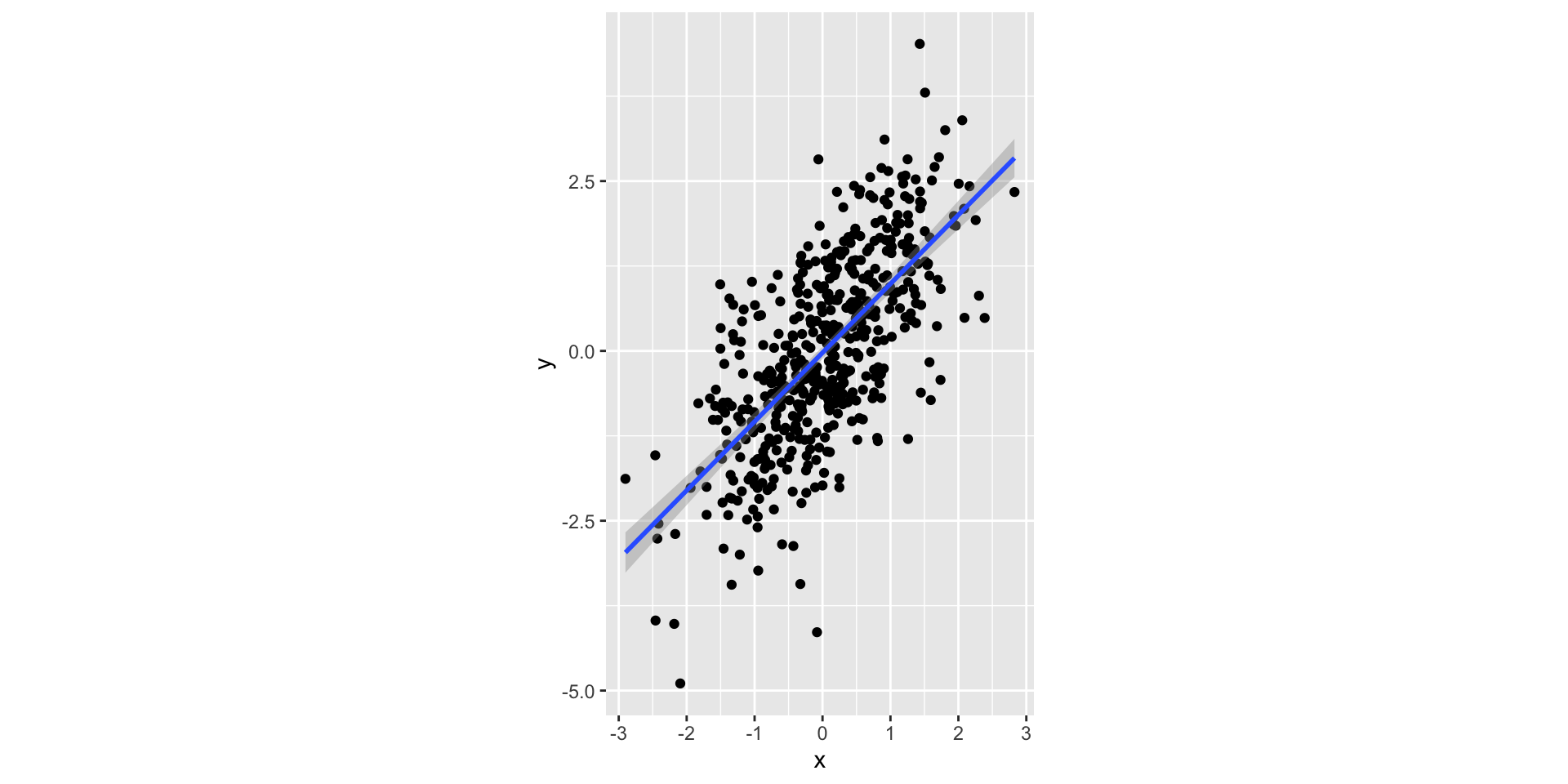
Figure 1
Plot your data!

“The Datasaurus dozen - same stats, different graphs | Autodesk Research” (n.d.); Matejka & Fitzmaurice (2017)
Aside…
- Simulating your data can help reveal hidden assumptions about what your statistical model actually means, what kind of plots will best show predicted effects, etc.
- Plotting your data can reveal patterns that the statistics alone obscure.
- So, do statistical models inform us about processes?
Simmering et al. (2010)
Phil: …Lewis Thomas once wrote an essay listing the seven wonders of the modern world—it was a challenge put to him in the form of a dinner invitation which he, interestingly, declined. Do you know what his Seventh Wonder of the modern world was?
Phil: Thomas’s Seventh Wonder was the development of a human child. How, my brilliant companions, are you going to explain that?
Cognitive models
- Wikipedia contributors (2025b)
- Many types
Box and Arrow
flowchart LR A[Stimulus] --> B[Sensation] B --> C[Perception] C --> D[Cognition] D --> E[Action]
flowchart LR A[Stimulus] --> B[Sensation] B --> C[Perception] C --> D[Cognition] D --> E[Action] B --> F[Memory] F --> C D --> G[Attention] G --> C G --> F
- See also Figures 3.1 and 3.4 in Siegler & Alibali (2021)
A computer program…
- That simulates some complex behavior
- Is one type of model
- Production systems (pp. 59-64 in Siegler & Alibali (2021))
Unified Theories of Cognition (Wikipedia contributors, 2025a)

Newell (1990)
Why a unified theory?
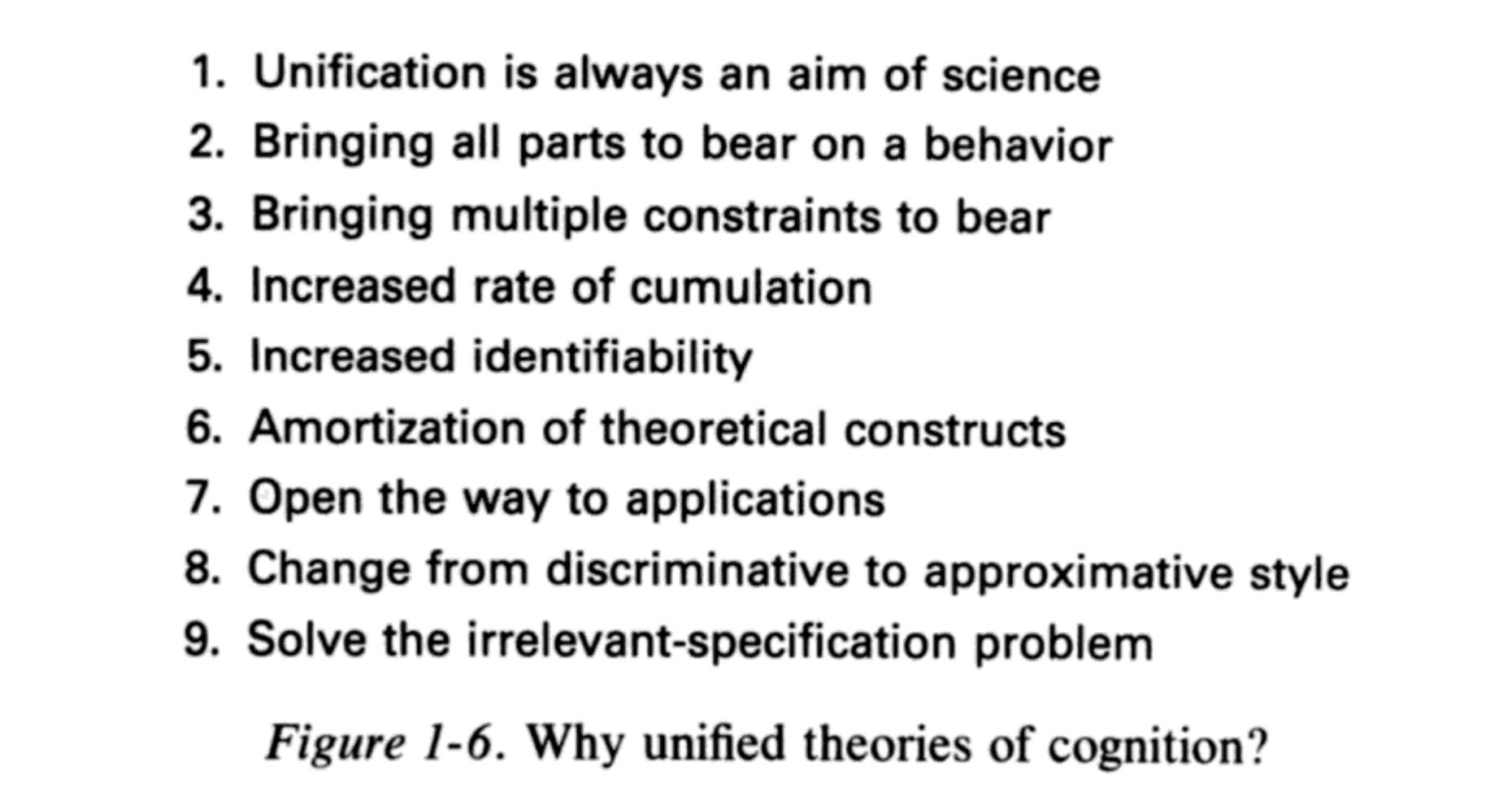
Fig 1-6 from Newell (1990)
Constraints on minds
- Behave flexibly as a function of the environment
- Exhibit adaptive (rational, goal-oriented) behavior
- Operate in real time
- Operate in a rich, complex, detailed environment
- Use symbols and abstractions
- Use language, both natural and artificial
- Learn from the environment and from experience
- Acquire capabilities through development
Constraints on minds
- Operate autonomously
but within a social community - Be self-aware and have a sense of self
- Be realizable as a neural system
- Be constructable by an embryological growth process
- Arise through evolution
On explicating behavior
The cognitive revolution 1

- Can’t (rigorously) look inside the mind.

- Must (rigorously) look inside the mind.
Ritter, Baxter, & Churchill (2014)
- Task Analysis (TA) as a tool for designing “user-centered systems”
- What do (people, e.g. children) have to do?
- Often the basis of creating a computational cognitive model
Ritter et al. (2014)
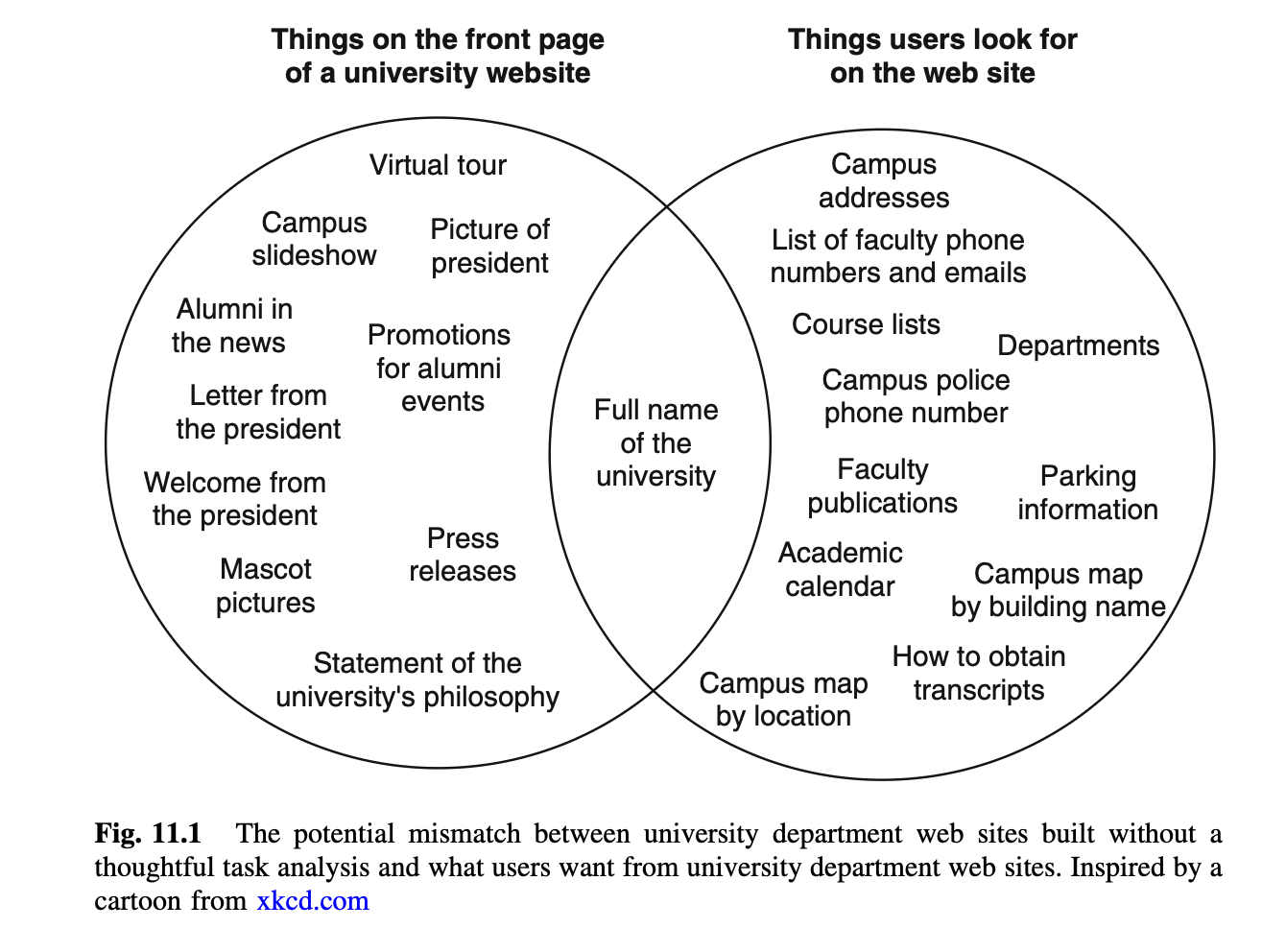
Figure 11.1 from Ritter et al. (2014)
On cognitive development
Big questions
- Are some capabilities innate?
- Does children’s thinking progress through qualitatively different stages?
- How do changes in children’s thinking occur?
- Why do individual children differ so much from each other in their thinking?
Chapter 1 in Siegler & Alibali (2021)
Big questions
- How does development of the brain contribute to cognitive development?
- How does the social world contribute to cognitive development?
Chapter 1 in Siegler & Alibali (2021)
Big questions (condensed)
- Starting (or current at age X) state
- Patterns of change
- Causes of change
Your turn
Let’s do a hierarchical task analysis!
- Pick a task you know well, use in your research
- What is required to perform it?
- (Later) what cognitive components are associated with the task?
Is the analysis useful?
Take homes
- A “cognitive” sensibility is about…
- Information, representations, operations/processes
- Sequences, hierarchical structures
- Solving real-world problems
- Inspired by computational systems
Next time…
Resources
About
This talk was produced using Quarto, using the RStudio Integrated Development Environment (IDE), version 2025.5.1.513.
The source files are in R and R Markdown, then rendered to HTML using the revealJS framework. The HTML slides are hosted in a GitHub repo and served by GitHub pages: https://psu-psychology.github.io/psy-548-fall/
